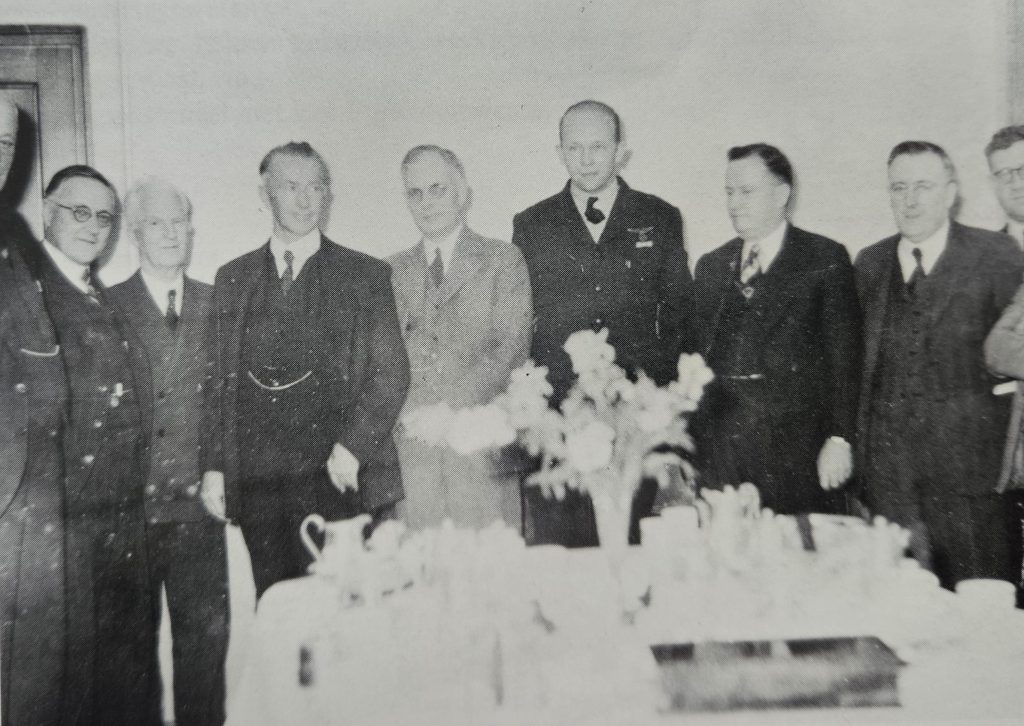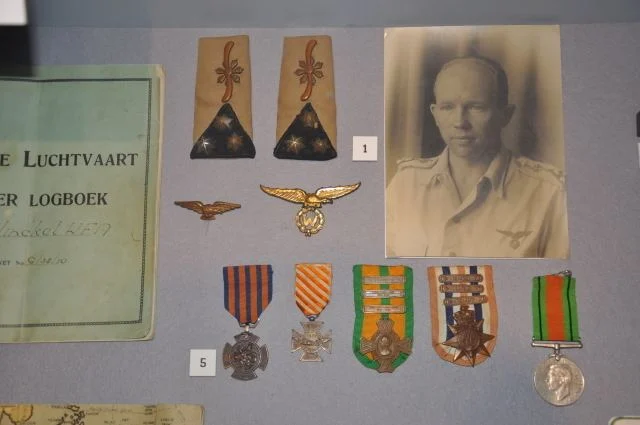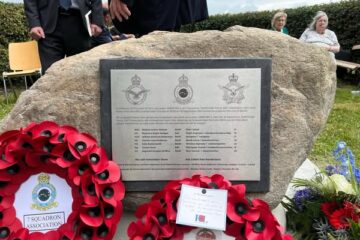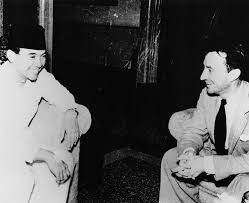The following information comes from the book Allies in a Bind from Dr Jack Ford.
Japanese attack on Sydney Harbour
On 28 May 1942, Japanese submarine I-21 launched a floatplane. It flew over Sydney Harbour spotting 13 Allied warships including Dutch submarine K-IX. On 31 May, Japanese submarines I-22, I-24 and I-27 released Midgets for the raid. A major target was the heavy cruiser USS Chicago. She was berthed beside the depot ship HMAS Kuttabul and K-IX at Garden Island’s southeastern corner. At 11.25pm, Midget M24 fired torpedoes at Chicago. The torpedoes missed the cruiser and slammed into the harbour floor under Kuttabul and K-IX. The resultant explosion sank the depot ship; killed 19 RAN ratings and destroyed storage battery jars on K-IX. K-IX was severely damaged and she was under continuous dockyard repair for the next two years. On 1 June, K-IX was towed up the harbour away from the wreck of Kuttabul. Post-raid publicity censorship instructed the press to make no mention of K-IX. This was to ensure that details of any RNN warships based in the SWPA were not passed onto the Japanese. Midgets No 14 and 21 were sunk in Sydney Harbour. K-IX’s attacker, Midget M24, crossed the indicator loop, at 1.58am, on 1 June and disappeared. Its fate was a mystery until 2007. Amateur divers found its wreck on the ocean floor near the Hawkesbury River’s mouth (north of Sydney).
Attack on the Japanese submarines
Admiral Leary (Commander, Naval Forces SWPA) ordered immediate air and naval patrols to find and destroy the enemy submarines operating off Sydney. The new No.18 NEI Squadron was dispatched on these anti-submarine patrols. The RAAF ordered Major Fiedeldij, commanding officer of the 18 Squadron to send the squadron’s five Mitchells from Canberra to search off Newcastle. Rear Admiral Coster later criticised this order on the grounds that the squadron was under his and not RAAF direct command.
On 8 June 1942, it was announced in Australian newspapers that a No.18 Squadron Mitchell had sunk a Japanese submarine off New South Wales. The names of the Dutch aircrew were withheld for fear of Japanese reprisals against family who were POWs or internees.
Gus Winckel sinks one of the submarines
Lieutenant Gus Winckel, Broome’s sole defender on 3 March, piloted the Mitchell. It was fitted with the new Nordup bombsight that aided the attack. He discovered the submarine at 8am on 4 June. The sunken submarine’s position was recorded in the navigator’s log as: 35 22′ South, 152 36′ East on course 205 off Moruya, NSW.
Yet a check of Japanese ship loss registers shows that all the submarines involved in the Sydney Harbour Raid were accounted for, with no Japanese submarine recorded as sunk off NSW.
Winckel’s success is not mentioned in the official Australian War Histories. Too many sources exist for the sinking of a Japanese submarine by No.18 Squadron to be dismissed as a myth. The story of the sinking of the submarine is contained in the official Dutch War History and in No.18 Squadron Forces Association’s published histories. No.18 Squadron members Marinus Bakker, Jan Van Arkell and Gus Winckel retold the story to the author (Dr Jack Ford) in interviews.

Winckel recalled being driven to Parliament House, Canberra to explain to Curtin’s cabinet how the submarine was sunk. Stanley Bruce the High Commissioner in London even delivered the Curtin Government’s message of appreciation over this Dutch military success in Australian waters to Queen Wilhelmina and the Dutch Government-in-Exile in London on 11 June.
It was not only Winckel who deserved all the praise. The observer/bombardier 1st Lieutenant J. van Loggem was equally involved in downing the submarine. However, he was not invited to Parliament House, nor did he receive any recognition.
In 2009, a statue in Moruya was unveiled for Winckel and the other airmen that flew out of the airfield. Gus Winckel and Member of Parliament Mike Kelly attended the ceremony. A street in Broome was also named after Winckel. He died on 17 August 2013.
Interview with Gus Winckel – 2005
This is a link to a transcript of a radio talk presented by ABC war correspondent, Peter Hemery ‘Interview with Dutch Pilot on Broome Air Raid’ recorded in 1942. It also mentions the actions of Gus Winckel.




The following is a book reviews of “Bomber Boys” by Marianne van Velzen.
See also: TracesOfWar


